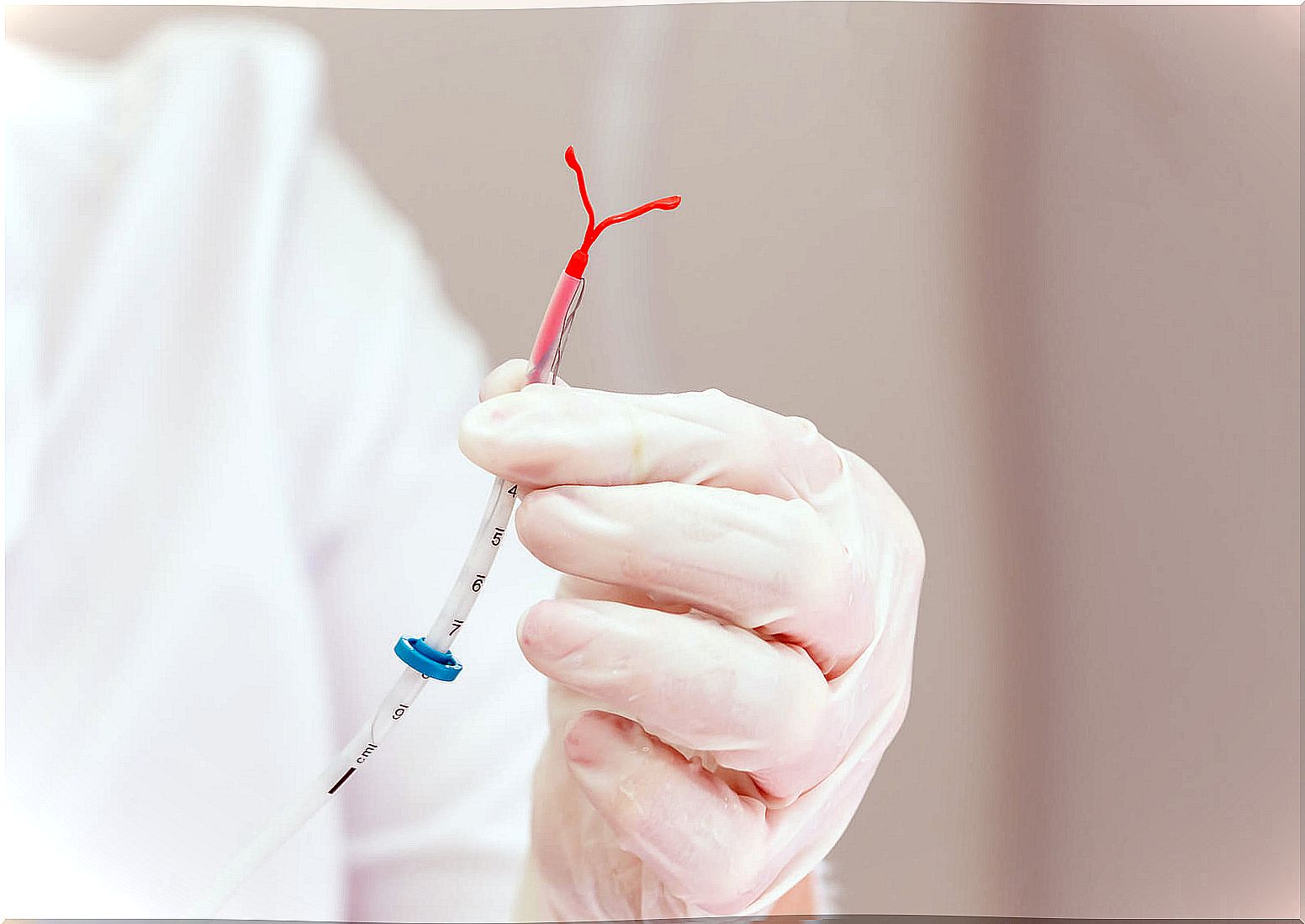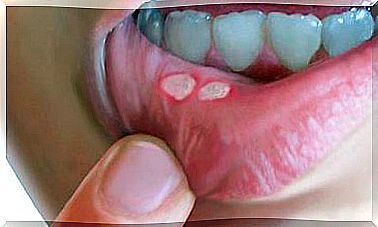What Are Non-hormonal Contraceptive Methods?
Non-hormonal contraceptive methods are those that fulfill the function of preventing the fertilization of the ovum by the sperm, without intervening in the female menstrual cycle. In general, these types of methods act as a barrier. Its function is to prevent contact between an egg and a sperm.
Other types of non-hormonal contraceptives are planning methods. These tell us when to avoid sexual intercourse according to the phase in which you are in the menstrual cycle.
Although they can be very effective, non-hormonal contraceptives also have some disadvantages. Below we will tell you in detail everything related to this topic.
Types and advantages of non-hormonal contraceptive methods
As one of the publications of the Association of Reproductive Health Professionals of the United States points out , there is a wide variety of non-hormonal contraceptives that offer advantages and disadvantages when using them. Some are more effective than others, and not all offer protection against STDs.
Non-hormonal contraceptive methods: male condom
The male condom is a latex sleeve that prevents the passage of sperm into the uterus. According to the Association of Reproductive Health Professionals, with this method the risk of unwanted pregnancy is 18%. Its main advantage, in addition to its contraceptive effectiveness, is that it protects against sexually transmitted diseases.
Its disadvantages have to do with use. Unlike other methods that act permanently, this must be placed every time sexual intercourse begins and must be replaced as many times as necessary.

Diaphragm
The diaphragm is a circle of latex that is placed inside the vagina before intercourse. Its main advantage is that the same woman has control of its placement, in addition, it covers the cervix completely.
Its disadvantage has to do with the fact that it does not protect against sexually transmitted diseases. Additionally, it must be left in place hours after the act. According to the researchers, this method has a 12% chance of failure as a contraceptive.
Female condom
Like the male condom, it consists of a latex bag that prevents the passage of sperm to the eggs. It also protects against sexually transmitted diseases. The main disadvantage resides in the difficulty to put it on.
Copper IUD
It is a more invasive and permanent method (duration of 10 to 20 years). It consists of an object made of plastic and copper, which is placed on the cervix. Its function is to create a hostile environment for the sperm so that they do not reach the egg. They also release copper particles that prevent a fertilized egg from sticking.
Among its advantages are that we can place it and forget about it for a long time. It is more than 99% effective. However, a disadvantage is that it does not prevent sexually transmitted diseases.

Male and female sterilization
Sterilization is a surgical process, which works as a contraceptive method without hormones. In men it is known as a vasectomy, which is permanent and is performed to prevent the passage of sperm into the semen.
Its main advantage is contraceptive effectiveness. On the other hand, it does not prevent ejaculation, nor does it affect virility. For its part, female sterilization is a process that allows the ovaries to be isolated from the uterus, therefore, the eggs cannot reach it.
Contraceptive sponge
It is a synthetic sponge that is impregnated with spermicide. It blocks the cervix, absorbs semen, and fights sperm. One of its advantages is effectiveness, as long as it is used correctly. This is approximately 88% in women who have never given birth and 76% in those who have. In addition, it can be placed by the woman.
However, among its disadvantages is that, in women who have been mothers, the effectiveness decreases up to 68%. Likewise, they can be complicated to put on and they do not protect against sexually transmitted diseases. It must remain on for at least 6 hours after sexual intercourse.
Natural planning as a non-hormonal contraceptive method

This method is not only without hormones, but also does not require the use of any special product or surgical intervention. Natural planning consists of scheduling sexual activity depending on the stage of the menstrual cycle.
The goal is to avoid having sex on fertile days. It is a method that can be effective when the cycle is regular. However, there are many risks of inaccuracy that depend on nature.
Non-hormonal contraceptive methods have advantages and disadvantages
Non-hormonal contraceptives offer a number of advantages over hormonal ones. However, they are not always that effective. It is important that you consult with a doctor, gynecologist or professional in sexual and reproductive health to determine the contraceptive method that is best for you.









